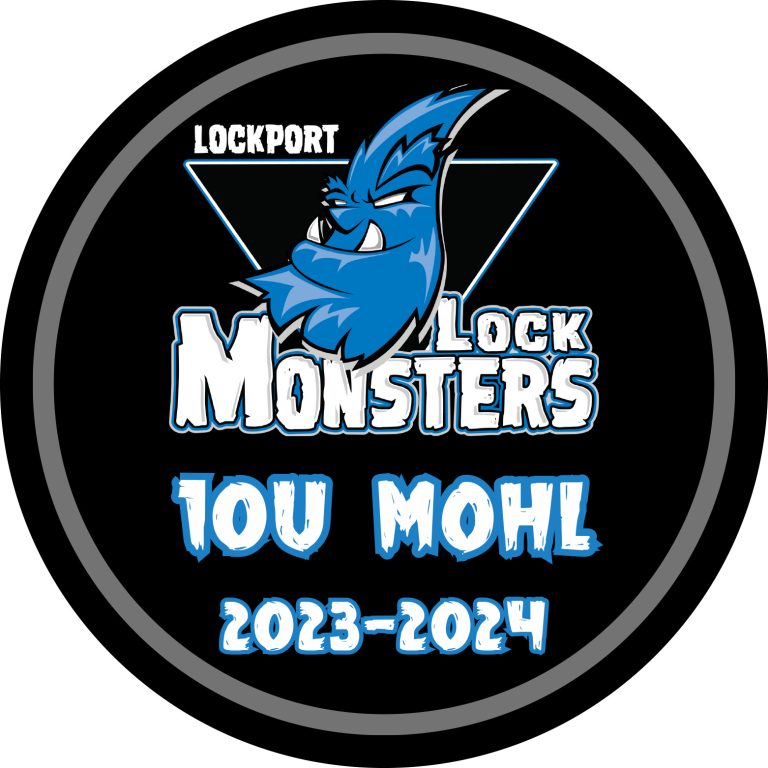RGB VS. CMYK
You may have a digital file that you want to send us. But is it truly print ready? When preparing your files for print, it’s extremely important that a certain set of guidelines are adhered to. When you design, it is important to know what color settings to use when. But what exactly is CMYK and what is RGB? And what is the best setting for files that are going to be printed?
CMYK
CMYK is an acronym for cyan, magenta, yellow and black. It is the color setting for printing. Back in the printing press days, each color had it’s own plate. The printer would lay down and print one color at a time, waiting for it to dry before moving onto the next. Today, if printers are digitally printing, they use CMYK in various amounts to create all the necessary colors for printing. CMYK is a subtractive, reflected light color system. Starting with the color white, different colors are added to absorb (subtract) the light that is reflected from white. Each additional color means that more light is removed or absorbed to create more colors.
In theory, cyan, magenta and yellow are all you need to make black, but the result is usually a dark, muddy brown, which is why black is added to the printing process. Black (K) is added to completely remove light from the image. It also makes printing in black text easier because instead of using three colors, you just have to use one. CMYK does not include white because it assumes that it will be printed on white paper, which depending on the percentage of each color that is used, the white from the paper makes the shades appear lighter.
RGB
RGB is an acronym for red, green and blue. This is the color setting for screens. RGB is an additive, projected light color system. Thinking about your phone when it is off, the screen is black. Then when your phone is on, there are different colors on the screen. With RGB, all colors begin with black and different colored “lights” are added to produce visible colors. For electronic displays, red, green and blue are added in various degrees to create a variety of different colors. When all three colors are added and displayed to their full extent, the result is pure white.
The internet is set up with RGB colors because a digital monitor is made up of tiny units called pixels. Pixels are made up of red, green and blue light units. RGB values are applied to the pixels, which sets the luminosity for each of the light units in the pixel. Because computer monitors give off colored light vs colored ink, computers can display a million more colors than what can be achieved with printing.

